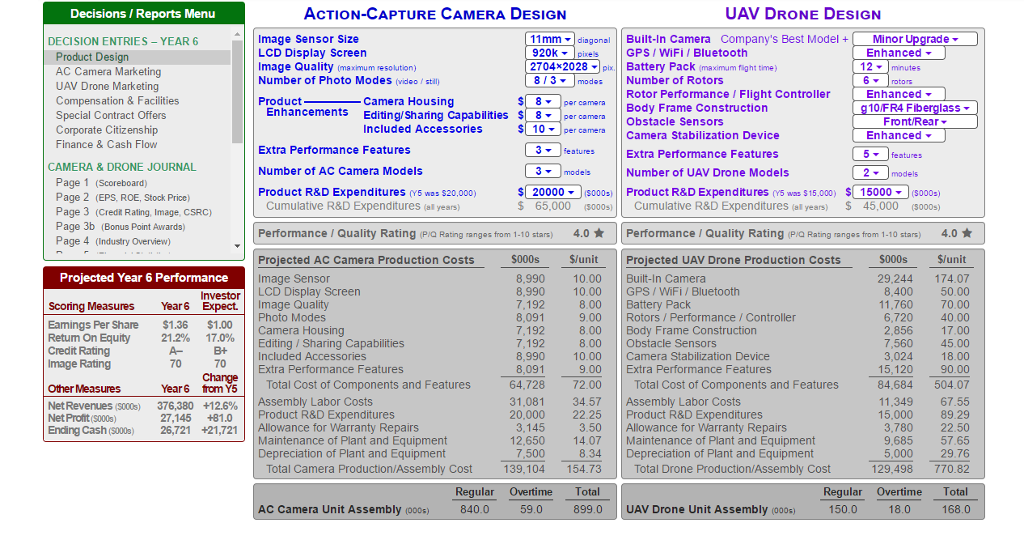
To set up a transfer point see the relevant page: Once you can log into Globus, the boundary conditions are stored here:įiles can be transferred to another location using the Globus system. Alternative: All available dates Januto December 31, 2020Īn alternate way to access any of the complete dataset of shared files between January 2001 and December 2020 is via a Globus account, which requires a Google account. *** Boundary conditions will not be updated with this simulation configuration past 2020 ***įor more recent dates, you could consider using the WACCM forecast for boundary conditions, which is available from Januto 10 days from now.

Files are collected as daily information (4 time-slices per file). We use the MAM4-VBS scheme to model aerosols. You can find a description of all simulated species online. Chemistry is the MOZART-T1 mechanism, described in Emmons et al. Data is saved as instantaneous fields every 6 hours. Meteorology is driven by specified dynamics, by nudging with 50h relaxation (1%) to MERRA2 reanalysis.

We used CAM-chem at 0.9x1.25 horizontal resolution simulation with 56 vertical levels.

We have saved CAM-chem simulation output that is intended to be used as boundary conditions for regional modeling. New Boundary Conditions: A new simulation with more consistent input data across a longer time range, and newer CESM codebase has been completed.


 0 kommentar(er)
0 kommentar(er)
